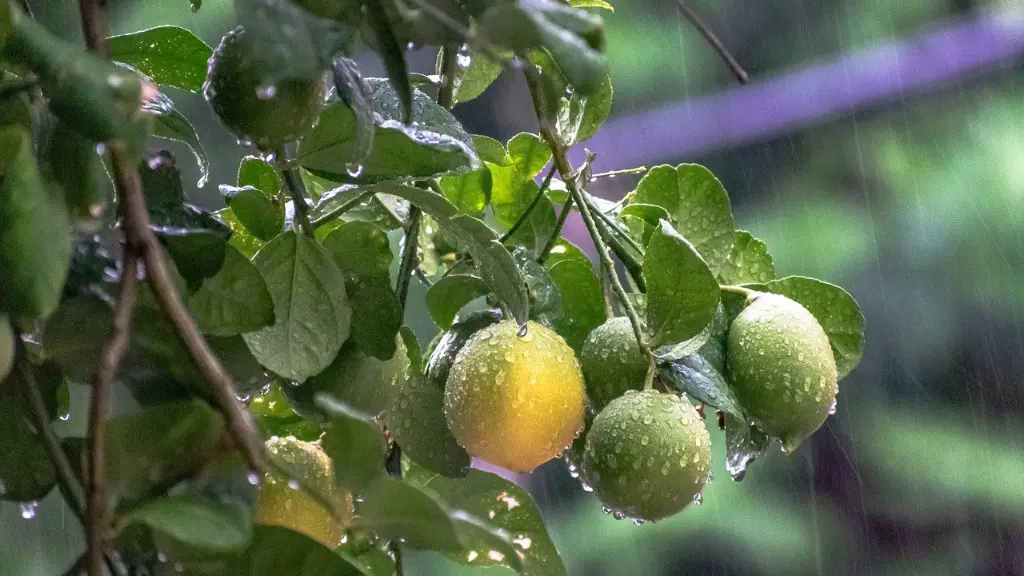How to take Care of an Avocado Tree
Taking care of an avocado tree is not a difficult process, but it does require commitment and diligence. Avocado trees are considered a low maintenance tree, but certain care measures should be taken to ensure the tree produces healthy and successful fruit. Here, we explain the basics of what’s required to ensure your avocado tree reaches its full potential.
One of the best ways to ensure a successful avocado crop is proper tree pruning. Pruning should be done with trimming shears and should be done periodically, approximately every 1 to 2 years depending on the age of the tree and its overall health. Pruning helps balance the ratio of vegetative growth (leaves and stems) to reproductive growth (flowers and fruit). If a tree is too vegetative heavy and does not produce a large amount of flowers and fruit, pruning can help induce more reproductive growth.
Another important part of taking care of an avocado tree is providing the tree with adequate nutrition. Avocado trees thrive with the use of a balanced fertilizer that supplies the tree with the N-P-K nutrient balance. The citrus and avocado formula provides a good balanced fertilizer for the tree, but special avocado fertilizers may be needed to ensure the best growth and fruit production. Fertilizing should be done every 6 to 8 weeks, and the amount and type of fertilizer should be adjusted depending on the season and the age of the tree.
In addition to regular pruning and fertilizer use, it’s important to water an avocado tree lightly but often. It’s best to water the tree in the morning before the sun is up and the temperatures are higher. Watering should be done in a way that the root system can absorb the water without pooling. It’s important to note that overwatering can be just as detrimental as underwatering.
Finally, it’s important to watch for signs of pests and diseases that may threaten the health and production of the avocado tree. Common pests such as aphids and scale can be treated with neem oil or insecticidal soap. Diseases such as leaf spot and anthracnose can be controlled using fungicides. It’s important to get rid of any diseased leaves so that the disease does not spread to other parts of the tree.
Regular Monitoring
Regularly monitoring an avocado tree is essential for its success. By closely monitoring the tree, it’s possible to pick up on any signs that may indicate a need for pruning, fertilizing, or pest or disease control. Keeping an eye on the leaves and stem is important, as discoloration, spotting, and wilting could be signs of something amiss. If anything suspicious is found, it’s important to consult with a professional or local extension service for advice and treatment.Monitoring also helps to ensure the health of the tree by allowing for immediate intervention if anything goes wrong.
Avocado Tree Placement and Location
When choosing where to place an avocado tree, it’s important to consider sun exposure, temperature, and irrigation availability. Avocado trees need at least 6 hours of direct sunlight each day, and prefer warmer climates. If the tree is being grown in a colder climate, it’s important to ensure the tree is not exposed to freezing temperatures. Avocados are also heavy water consumers, and need access to irrigation systems or water sources to ensure they have enough water to stay healthy and produce fruit.
Grafting and Propagation
It’s possible to create an avocado tree from a seed, but the process can take 8 – 10 years, and can be unreliable in terms of producing fruit that’s true to the parent. Grafting and propagation are methods used to produce a more reliable and mature tree in a shorter amount of time. Grafting involves attaching a branch from an existing tree to the root stock of a young sapling, and compounding the two together to become one tree. This gives the sapling access to the beneficial characteristics of the parent. Propagation is similar, but instead of compounding two plants together, the branch is cut off the parent and treated to form its own root system.
Temperature and Temperatures
Keeping an avocado tree’s temperature within the optimum range is essential for it to reach its full growth and yield. Avocado trees can tolerate temperatures of 10- 35C, with the ideal temperature range for optimal fruit production and flowering being about 16-32C. If the temperature goes outside of this range, the tree could be harmed.
Conclusion
Taking care of an avocado tree is an achievable task, as long as the necessary steps and maintenance procedures are taken. Although pruning, fertilizing and irrigation is generally an easy process, it’s essential to ensure these steps are done in a timely manner to ensure the tree’s health and survival. By following these tips and making sure to keep the tree temperature within the recommended range, the health and productivity of an avocado tree can be maintained.

